Under the GST regime, section 51 of the CGST Act, 2017 prescribes the authority and procedure for ‘Tax Deduction at Source’. The Government may order the following persons (the deductor) to deduct tax at source:
(a) a department or establishment of the Central Government or State Government; or
(b) local authority; or
(c) Governmental agencies; or
(d) such persons or category of persons as may be notified by the Government on the recommendations of the Council.
The tax would be deducted @1% of the payment made to the supplier (the deductee) of taxable goods or services or both, where the total value of such supply, under a contract, exceeds two lakh and fifty thousand rupees (excluding the amount of central tax, State tax, Union territory tax, integrated tax and cess indicated in the invoice). Thus, individual supplies may be less than Rs. 2, 50,000/-, but if contract value is more than Rs. 2, 50,000/-, TDS will have to be deducted. However, no deduction shall be made if the location of the supplier and the place of supply is in a State or Union territory which is different from the State, or as the case may be, Union territory of registration of the recipient. This can be explained in the following situations.
a) Supplier, place of supply and recipient are in the same state. It would be intra-state supply and TDS (Central plus State tax) shall be deducted. It would be possible for the supplier (i.e. the deductee) to take credit of TDS in his electronic cash ledger.
b) Supplier as well as place of supply are in different states. In such cases, integrated tax would be levied. TDS to be deducted would be TDS (Integrated tax) and it would be possible for the supplier (i.e. the deductee) to take credit of TDS in his electronic cash ledger.
c) Supplier as well as place of supply are in State A and recipient is located in State B. The supply would be intra-State supply and Central tax and State tax would be levied. In such case, transfer of TDS (Central tax + State tax State B) to the cash ledger of the supplier (Central tax + State tax of State A) would be difficult. So in such cases, TDS would not be deducted.
Thus, when both the supplier as well as place of supply are different from that of recipient, no tax deduction at source would be made.
Registration of TDS deductors: A TDS deductor has to compulsorily register without any threshold limit. The deductor has a privilege of obtaining registration under GST without having required to obtain PAN. He can obtain registration using his Tax Deduction and Collection Account Number (TAN) issued under the Income Tax Act, 1961.
Deposit of TDS with the government: The amount of tax deducted at source should be deposited to the Government account by the deductor by 10th of the succeeding month. The deductor would be liable to pay interest if the tax deducted is not deposited within the prescribed time limit.
TDS Certificate: A TDS certificate is required to be issued by deductor (the person who is deducting tax) in Form GSTR-7A to the deductee (the supplier from whose payment TDS is deducted), within 5 days of crediting the amount to the Government, failing which the deductor would be liable to pay a late fee of Rs. 100/- per day from the expiry of the 5th day till the certificate is issued. This late fee would not be more than Rs. 5000/-. For the purpose of deduction of tax specified above, the value of supply shall be taken as the amount excluding the central tax, State tax, Union territory tax, integrated tax and cess indicated in the invoice.
For instance, suppose a supplier makes a supply worth Rs. 1000/- to a recipient and the GST @ rate of 18% is required to be paid. The recipient, while making the payment of Rs. 1000/- to the supplier, shall deduct 1% viz Rs. 10/- as TDS.
The value for TDS purpose shall not include 18% GST. The TDS, so deducted, shall be deposited in the account of government by 10th of the succeeding month. The TDS so deposited in the government account shall be reflected in the electronic cash ledger of the supplier (i.e. deductee) who would be able to use the same for payment of tax or any other amount. The purpose of TDS is just to enable the government to have a trail of transactions and to monitor and verify the compliances.
TDS Return: The deductor is also required to file a return in Form GSTR-7 within 10 days from the end of the month. If the supplier is unregistered, name of the supplier rather than GSTIN shall be mentioned in the return. The details of tax deducted at source furnished by the deductor in FORM GSTR-7 shall be made available to each of the suppliers in Part C of FORM GSTR-2A electronically through the Common Portal and the said supplier may include the same in FORM GSTR-2. The amounts deducted by the deductor get reflected in the GSTR-2 of the supplier (deductee). The supplier can take this amount as credit in his electronic cash register and use the same for payment of tax or any other liability.
Consequences of not complying with TDS provisions:
| S/ No. | Event | Consequence |
| 1 | TDS not deducted | Interest to be paid along with the TDS amount; else the amount shall be deter mined and recovered as per the law. |
| 2 | TDS certificate not issued or delayed beyond the prescribed period of five days | Late fee of Rs. 100/- per day subject to a maximum of Rs. 5000/- |
| 3 | TDS deducted but not paid to the government or paid later than 10th of the succeeding month | Interest to be paid along with the TDS amount; else the amount shall be determined and recovered as per the law. |
| 4 | Late filing of TDS returns | Late fee of Rs. 100/- for every day during which such failure continues subject to a maximum amount of five thousand rupees. |
Any excess or erroneous amount deducted and paid to the government account shall be dealt for refund under section 54 of the CGST Act, 2017. However, if the deducted amount is already credited to the electronic cash ledger of the supplier, the same shall not be refunded.
The GST Council in their 22nd meeting held on 6th October, 2017 at New Delhi decided that operationalization of TDS/ TCS provisions shall be postponed till 31.03.2018.
Check New GST Rate List 2017 here








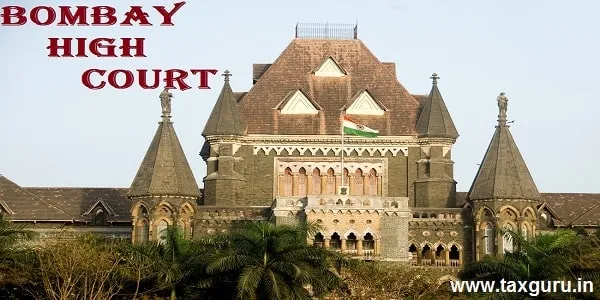

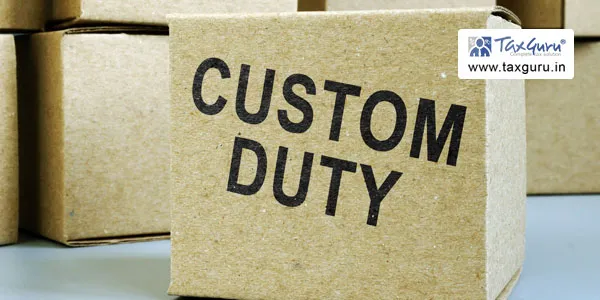


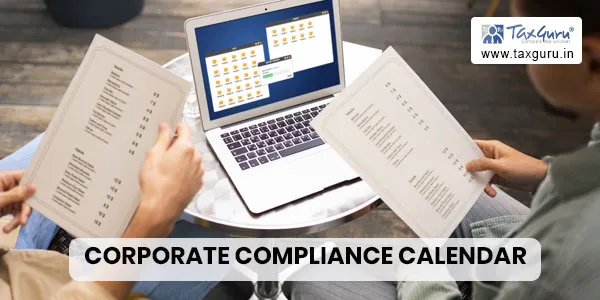

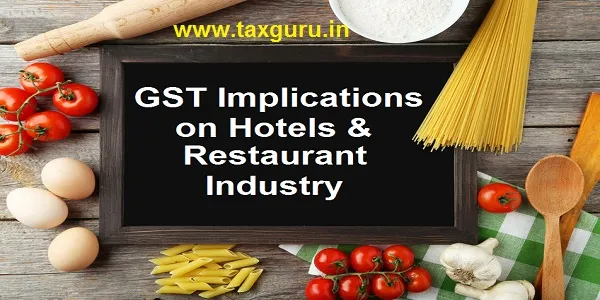



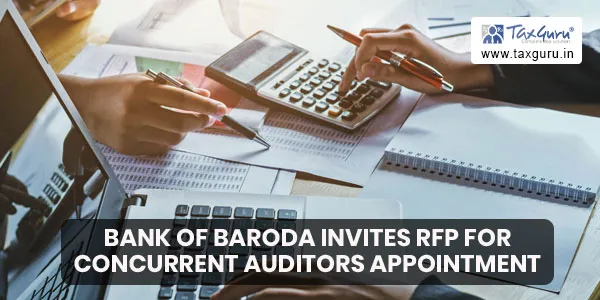
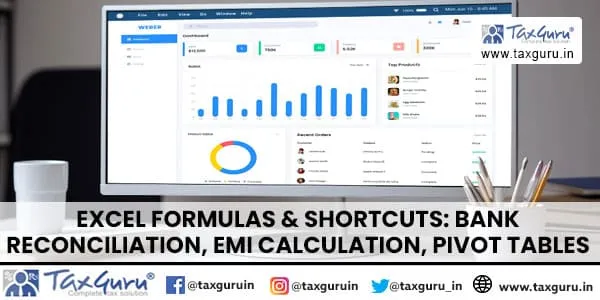
What the Unregistered Supplier will do of Input credit. Will it be reflected in INPUT Credit Ledger of Deductor.